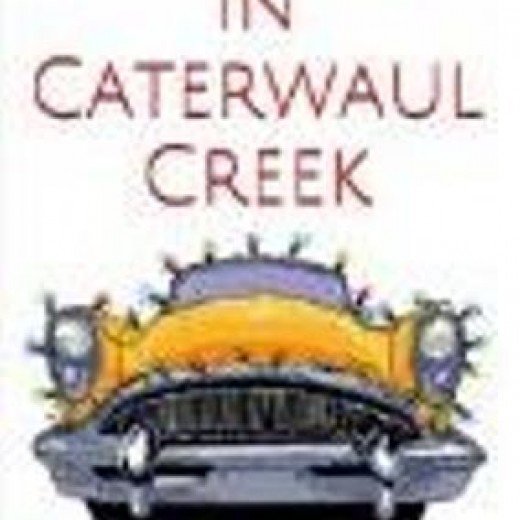Reading “Bad” Books by Kay Keppler
 Let’s welcome back monthly columnist, editor, and novelist, Kay Keppler, as she shares with us “Reading “Bad” Books.” Enjoy!
Let’s welcome back monthly columnist, editor, and novelist, Kay Keppler, as she shares with us “Reading “Bad” Books.” Enjoy!
***
I’ve started a lot of books lately that I haven’t been able to finish. The characters are passive or unlikeable. The writing is unimaginative or colorless. The solutions are unlikely or rushed. Some of these books are best sellers. I don’t understand this phenomenon. Who would publish such a book? Who could enjoy it?
And most of all—why did I waste my time?
I rejected these books with impatience or regret. But I’ve been rethinking that attitude, because you don’t learn how to write only by reading books you enjoy. You also learn how to write by reading books you dislike.
So why should you read (even if you don’t finish) books you don’t like?
You don’t learn how to write only by reading books you enjoy. You also learn how to write by reading books you dislike.
1. “Bad” writing refines your own writing style.
Don’t like something you read? Think about why not. Analyze the text. Be vigorous. You’ll learn just as much from identifying what you don’t like as from what you do. What turns you off? Why?
Of course, if you’re reading the manuscript of your critique partner, be honest but gentle. Tell others what doesn’t work for you and why not.
But be kind. Just because the writing doesn’t work for you doesn’t mean it wouldn’t work for someone else.
2. A book that bores you can lead to insights.
My favorite cousin gave me a book she wanted to discuss with me. It was a memoir, not my favorite genre, but I gave it a go. I thought the chapters were repetitive and the author didn’t have enough to say. But I skimmed enough of the book to be able to discuss it.
I was disappointed that I didn’t like the book more, but reading it quickly made me think about what I’d have done with the material—what I would have included to make it meatier, how I would have trimmed some parts to sharpen the author’s points.
By the end, I felt that if I’d ever wanted to tackle a memoir myself—or have a fictional character write a memoir—I’d have a much better idea of how to do it.
3. The tropes of genre fiction can invigorate your writing.
Let’s face it: literary fiction can drag. Genre fiction, not so much. Writers of mysteries, romances, and science fiction know how to write action and emotions so strongly that readers can’t put down the books. Who among us has not stayed up until four in the morning finishing the latest Stephen King novel?
If you dislike the current literary bestseller—or you don’t like your current manuscript—think about how you could improve it by employing some of the rules of genre fiction.
If your manuscript has too much drama, would it benefit from a romance subplot? If your romance is too cut and dried, maybe it would benefit from some paranormal activity.
So that’s why you should read “bad” books.
If you’re not enjoying any particular volume, don’t read the whole thing.
Life is short, after all! But read enough to know exactly what that author did that you don’t like. And then, when you’re writing your own book, you’ll know what to do to create something you do like.
***
Editor’s Note: Can you articulate what you didn’t like in the last “bad” book you read? Share in the comments, and share how you applied that awareness to your work in progress (WIP)?
***
ABOUT THE AUTHOR
 Kay Keppler is an author Zero Gravity Outcasts, Betting on Hope, Gargoyle: Three Enchanting Romance Novellas, and editor of fiction and nonfiction –Angel’s Kiss and Outsource It!
Kay Keppler is an author Zero Gravity Outcasts, Betting on Hope, Gargoyle: Three Enchanting Romance Novellas, and editor of fiction and nonfiction –Angel’s Kiss and Outsource It!
She lives in northern California. Contact her here at Writer’s Fun Zone in the comments below, or at kaykeppler@yahoo.com to ask questions, suggest topics, or if you prefer, complain.
***
More popular articles by Kay Keppler on Writer’s Fun Zone:






